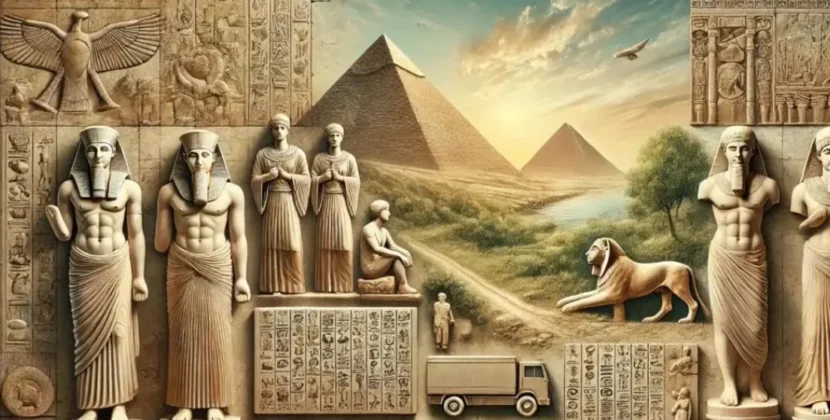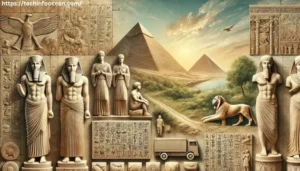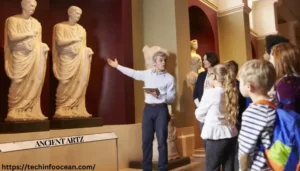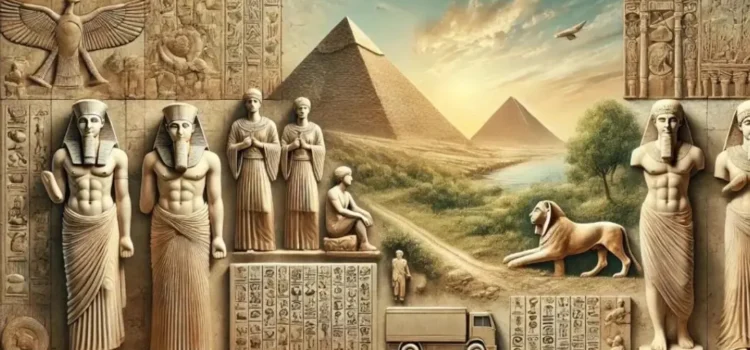
Ancient Artz introduction

Religion’s Influence on Ancient Artz
Ancient artz was formed in first-rate elements by way of faith. Often entwined with the political and religious systems of their day, many ancient civilization works of art encompass gods, goddesses, and mythical situations. Belief in an afterlife inspired the construction of big temples and tombs together with the Great Pyramid of Giza in ancient Egypt. Combining faith with art, the Egyptian funeral layout sought to offer a seamless passage into the following world for the lifeless.
Though it changed supplied in a different way, religion significantly affected art in ancient Greece. Emphasizing their intimate courting to humans, Greek temples such as the Parthenon were ornamented with intricate sculptures and friezes showing the gods in human shape. The splendid non-secular concept of the day is pondered on this mix of divine and human additives in the artwork. Greek sculptors were especially adept in capturing gods and heroes with vivid accuracy and emotion that also conjured up cutting-edge artwork.
Technical Artz and Ancient Artz

Technical Art and Ancient Art are two distinct approaches to artistic creation, each reflecting the values, techniques, and cultural contexts of their respective periods.
Ancient Artz
Ancient art encompasses the creative expressions of early civilizations, including those of Mesopotamia, Egypt, Greece, Rome, and indigenous cultures. This form of art is characterized by its connection to spirituality, mythology, and societal structures. Techniques varied widely, from stone carving and fresco painting to pottery and metalwork. Ancient artists often adhered to established styles and conventions, creating works that served religious, ceremonial, or political purposes. The art was deeply integrated into daily life and often aimed to convey collective identity and cultural values. Notable examples include the iconic sculptures of ancient Greece, the intricate reliefs of Egyptian temples, and the vibrant murals of Mesoamerican civilizations.
Technical Artz
Technical art, often associated with modern and contemporary practices, emphasizes the use of advanced techniques, materials, and technologies in the creative process. This genre includes a wide range of practices, from traditional drawing and painting to digital art, 3D modeling, and mixed media installations. Artists in this domain often experiment with form and function, pushing the boundaries of what art can be. The focus on innovation and personal expression allows for diverse interpretations of themes and ideas, often reflecting the complexities of contemporary society. Technical art can include interactive installations, virtual reality experiences, and art created with emerging technologies, inviting audiences to engage with art in dynamic ways.
Connections and Contrasts
While ancient art is often rooted in tradition and collective identity, technical art embraces innovation and individual expression. Both forms of art, however, engage with the human experience, raising questions about culture, existence, and the role of creativity in society. By studying their differences and similarities, we can gain a deeper understanding of how artistic practices have evolved over time, reflecting changes in technology, philosophy, and cultural values. for more information visit our home page.



















